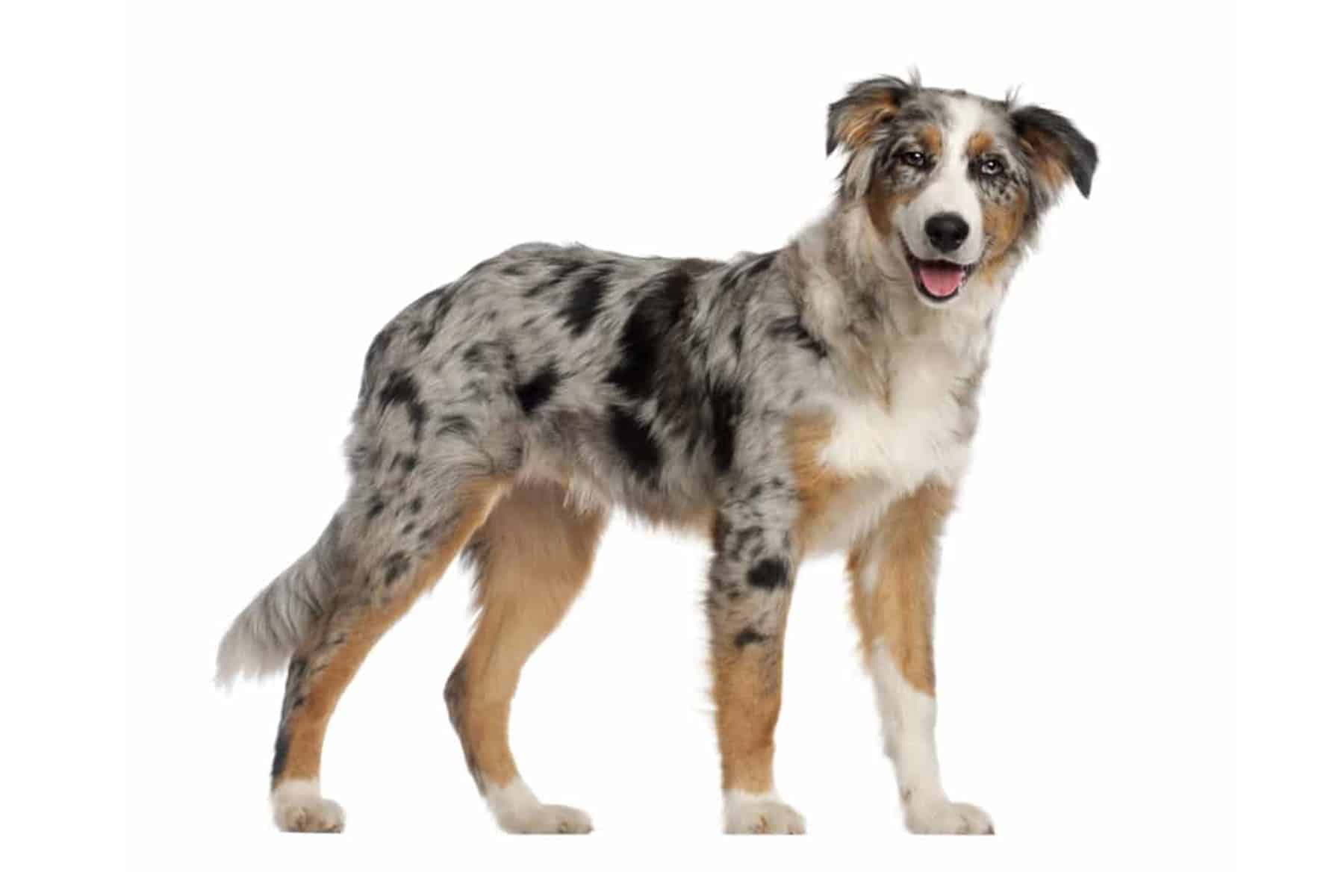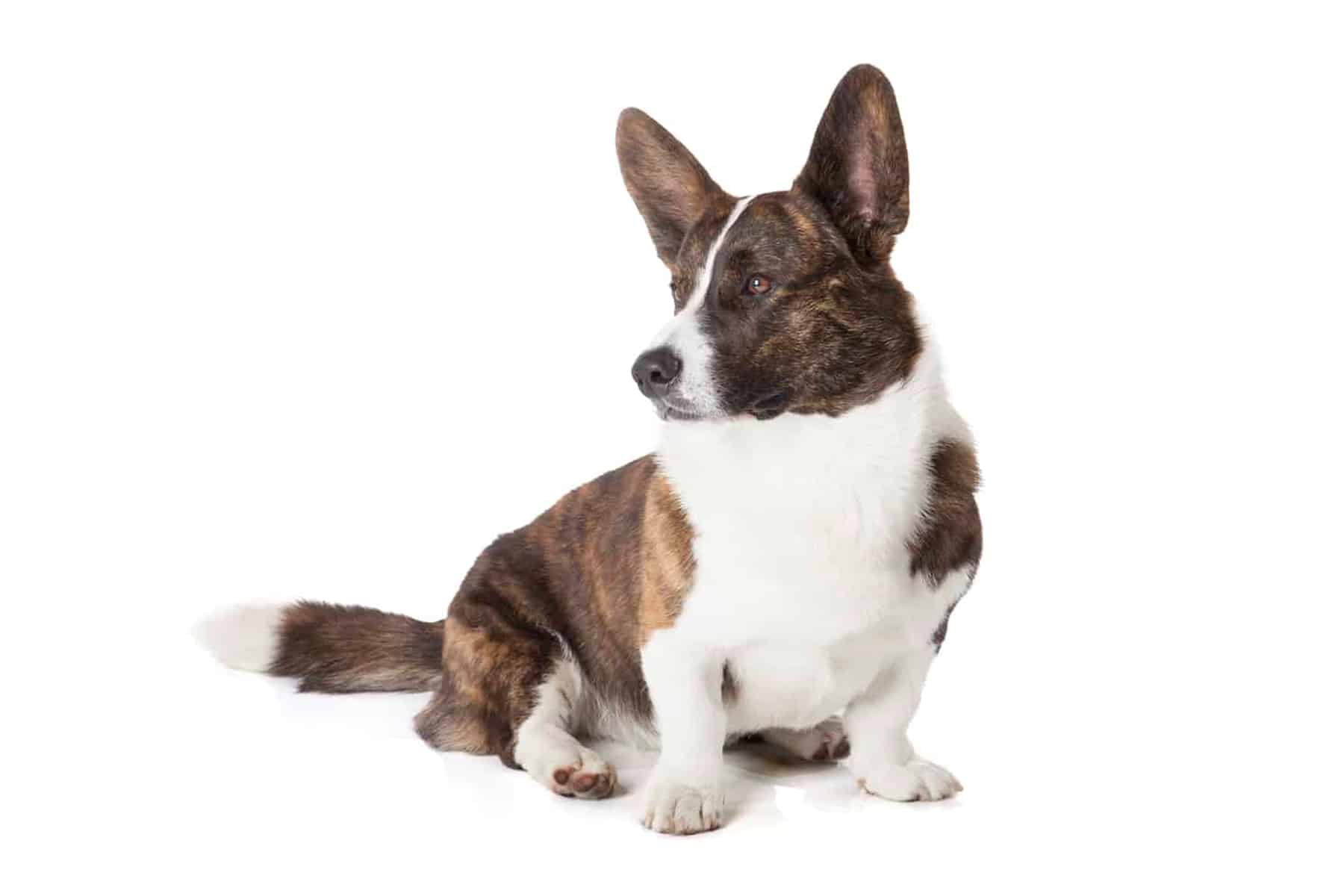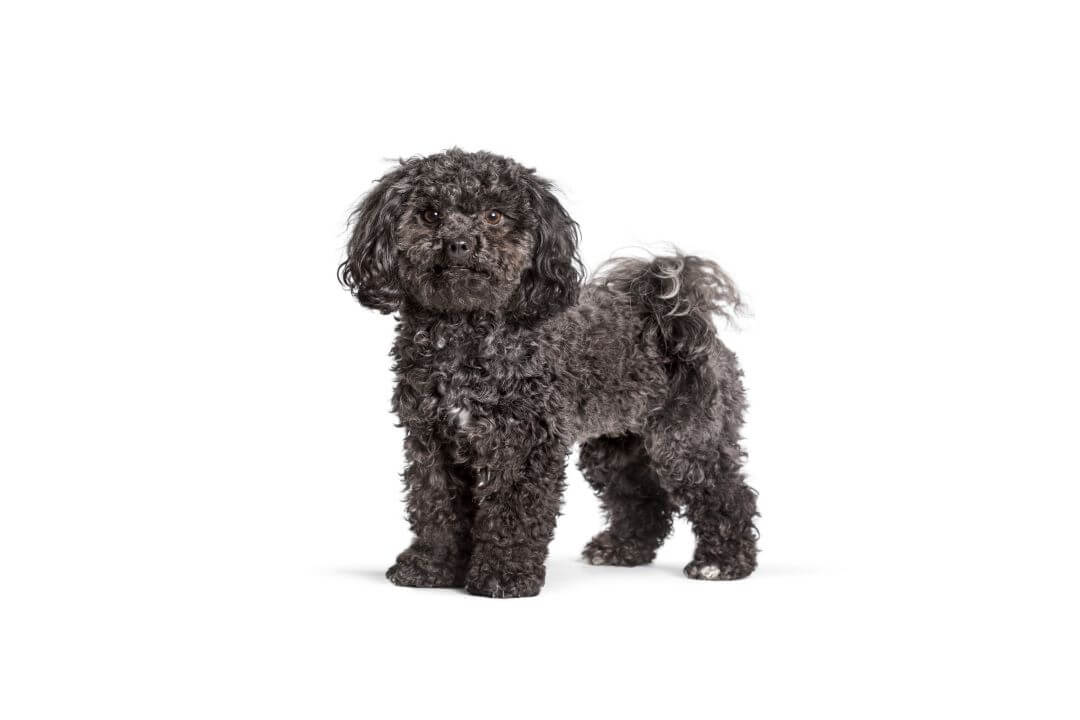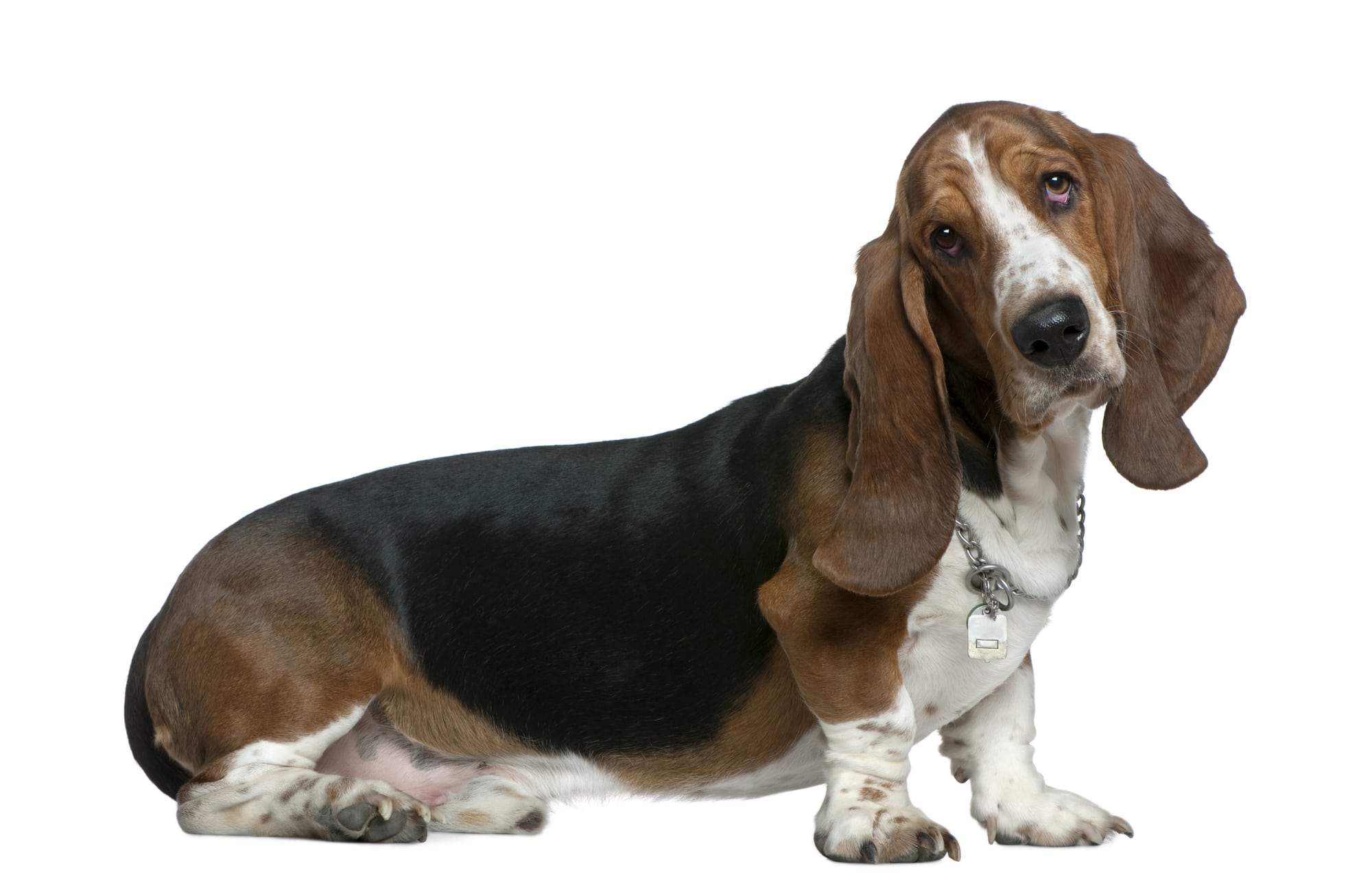Saarloos Wolfdog
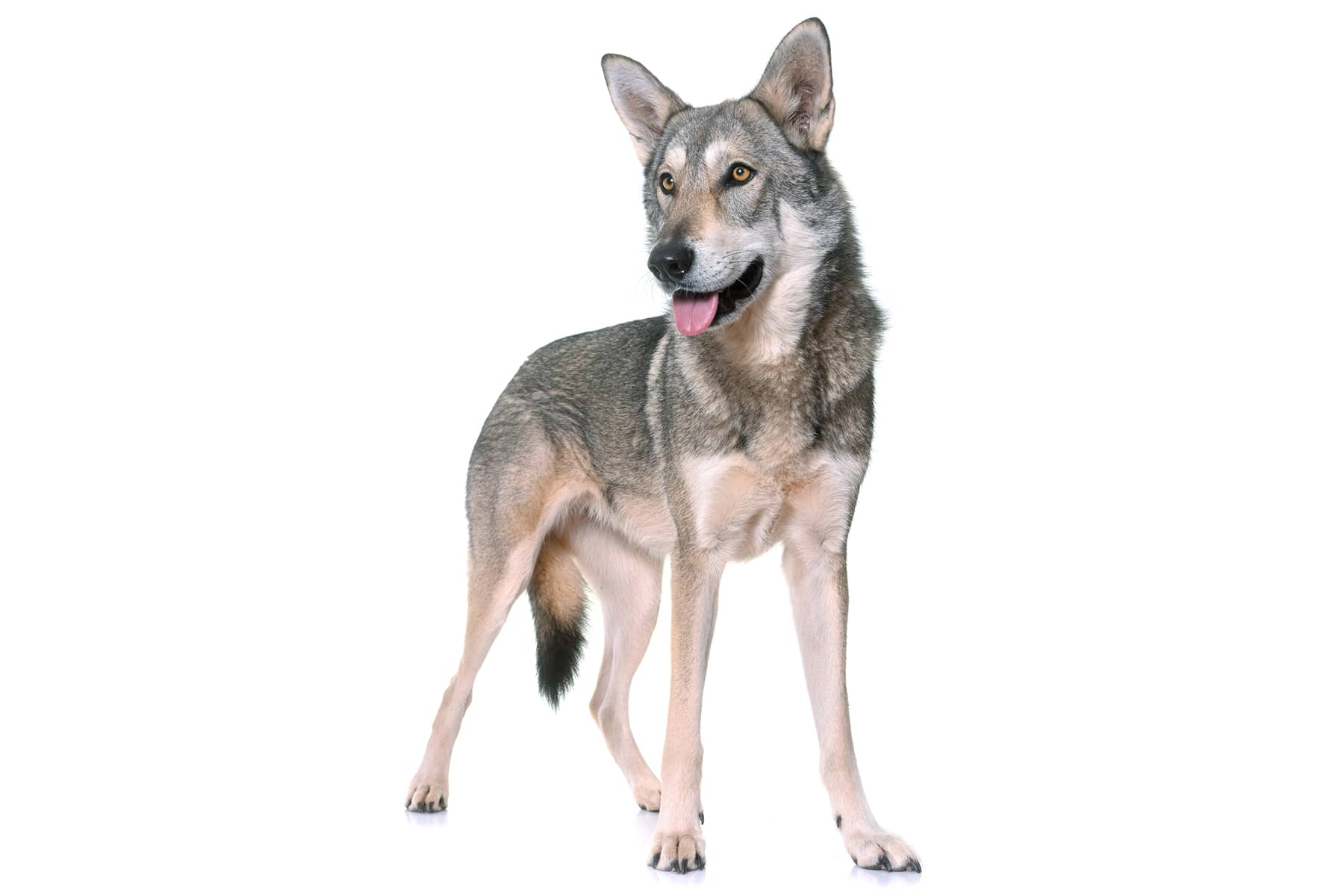
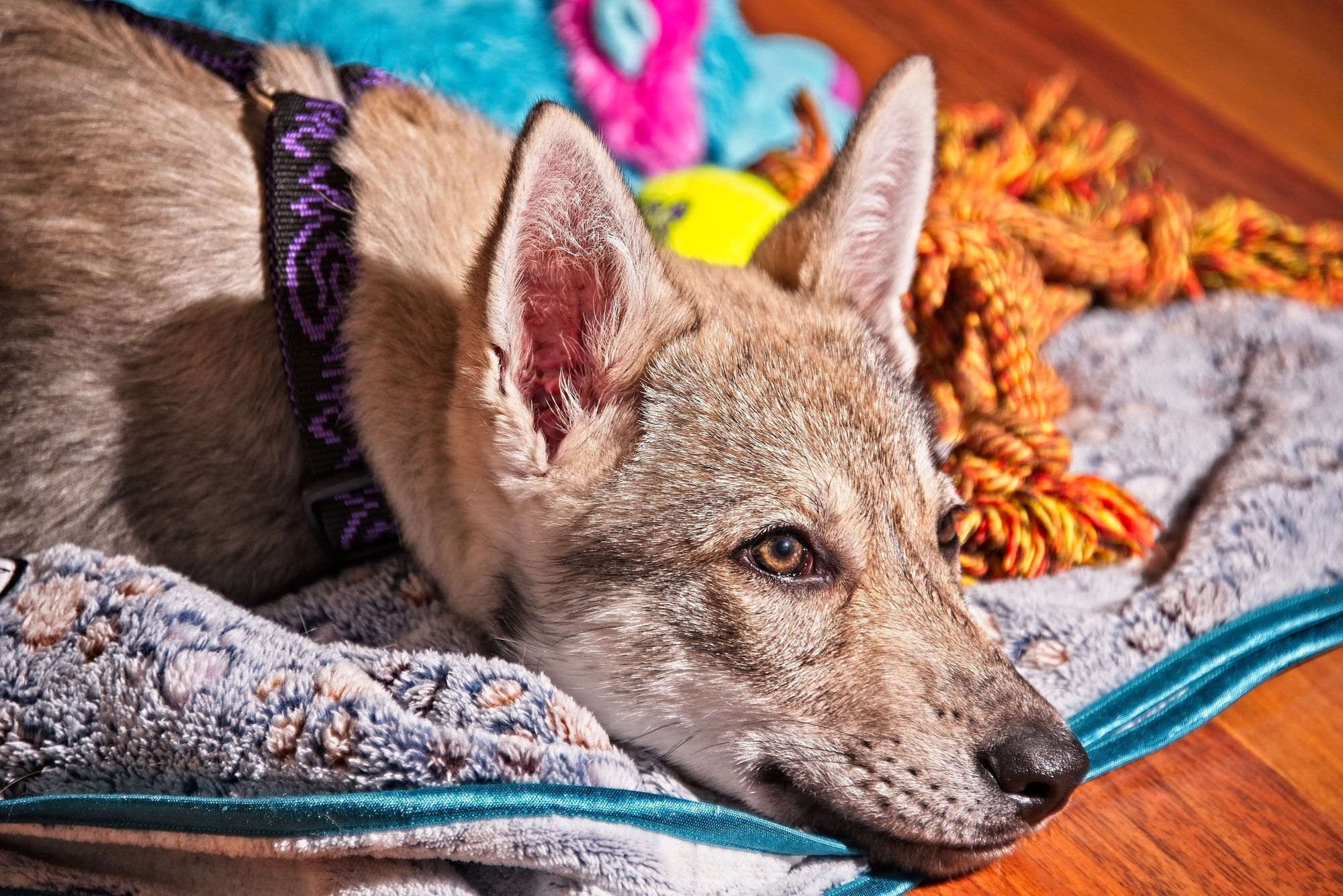
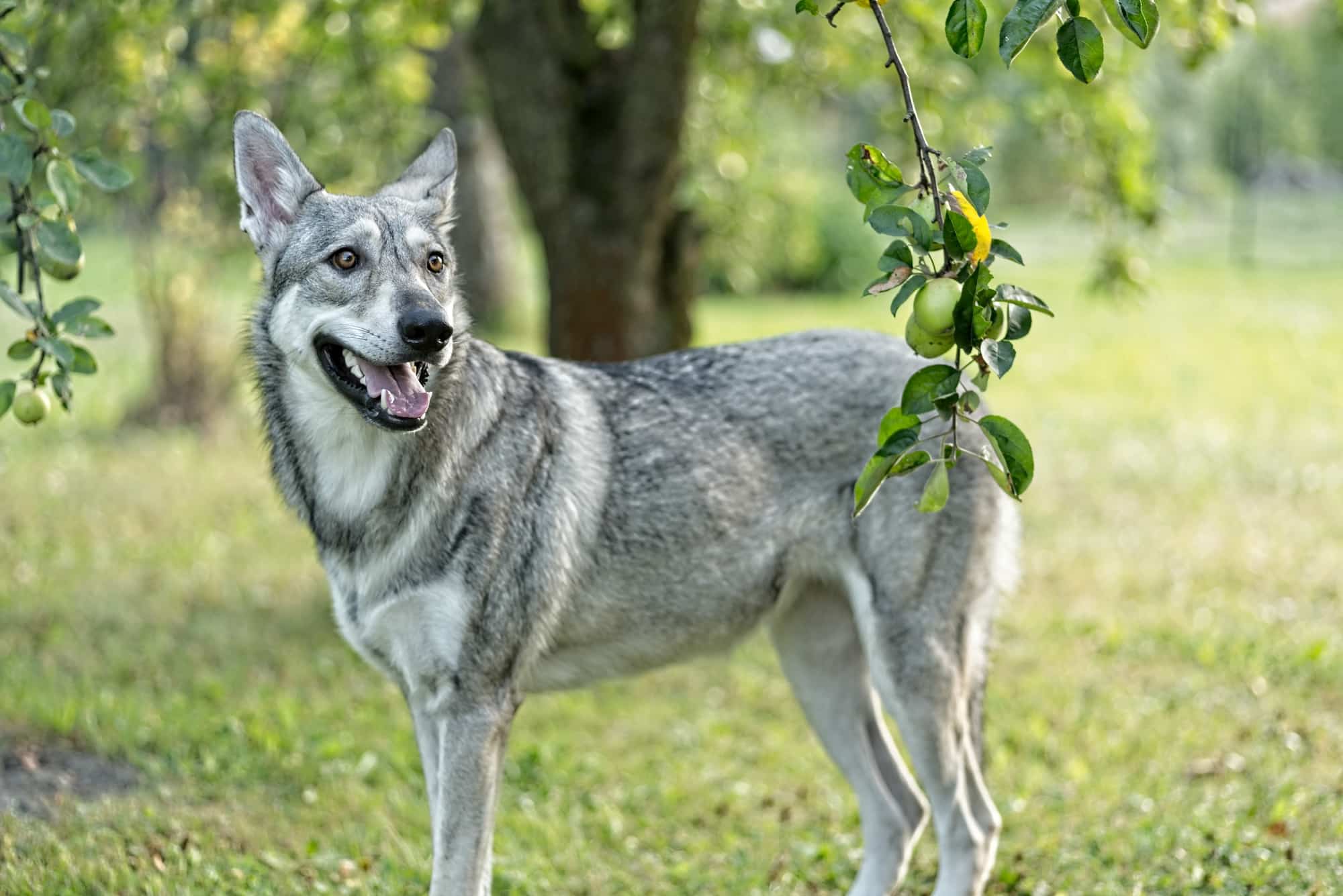
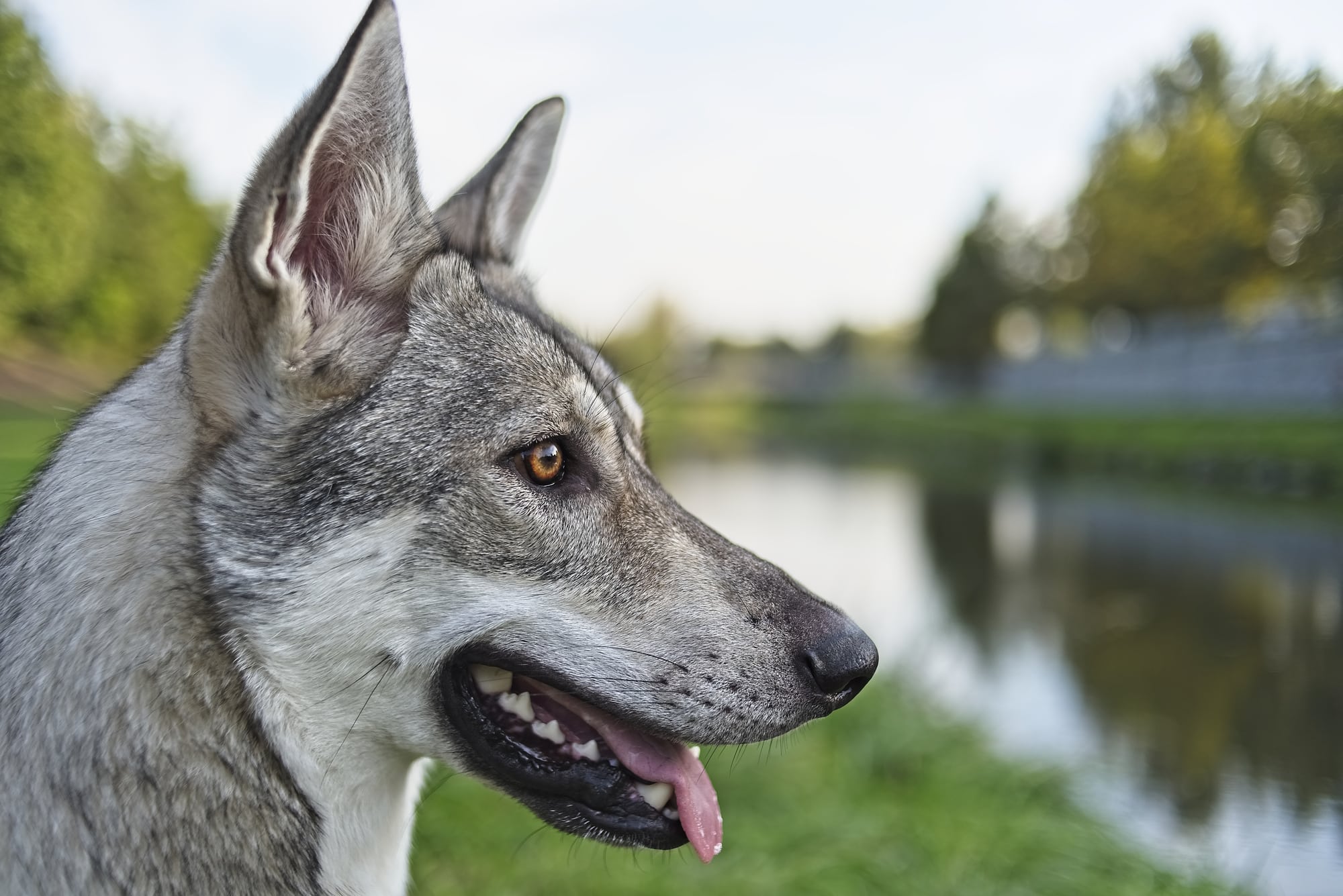
Temperament:
The Saarloos wolfdog is considered to be very sensitive, perceptive, but also shy. It is a cross between a German shepherd dog and a Siberian she-wolf. The crossbreed embodies the character and appearance of the Saarloos wolfdog in a more or less pronounced form. Its stature and gait make it a very graceful dog.
Characteristics
The Saarloos wolfdog is, as the name suggests, of Dutch descent. It is a dog breed recognized by the Fédération Cynologique Internationale (FCI) (FCI Group 1, Section 1, Standard No. 311).
The name comes from their breeder, the Dutchman Leendert Saarloos. He decided to breed a new breed of dog, as he considered the modern dog to be too trained and degenerate. He crossed the German Shepherd Dog with the Siberian Wolf. The result is the Saarloos wolfdog.
Today's Saarloos wolfdog is a very strongly built dog. Its appearance is very similar to that of a wolf. Despite its long limbs, it has a very harmonious build. The height at the withers is between 65 and 75 cm in males and between 60 and 70 cm in females. Deviations upwards and downwards are permissible. The weight is between 35 and 45 kg.
The body is very strong and powerful due to its length, which is significantly greater than its height. The straight back and normally shaped ribs also contribute to its stamina. The tail of this breed is relatively broad at the base, hairy and can reach to the hock. The tail has the shape of a sabre or is carried straight.
The gait is very similar to that of the wolf. The Saarloos wolfdog moves light-footedly and gracefully. Another characteristic feature of this dog breed is its light trot. The Saarloos wolfdog is an enduring trotter that generally covers long distances at its own pace.
Its coat is double-layered. In the dog's ancestor, the wolf, the coat consists of an undercoat and an overlying topcoat. This coat is also known as a topcoat. The coat of the Saarloos wolfdog can vary in length.
The coat color varies between light and dark shades from black to wild. It is also referred to in the literature as wolf gray. There are also variations in coat color from light to dark shades of brown-wild and from light cream to classic white.
The crossbreeding of the breed results in a clear difference between the summer coat, which is very soft and fine, and the winter coat, which is very thick to the touch.
The face of the Saarloos wolfdog shows predominantly wolf characteristics. The eyes are predominantly yellow, almond-shaped and slanted. The ears are erect and generally smaller than those of the German Shepherd Dog.
As with all breeds in which the wolf has been crossed, very different character traits can occur. These range from classic dog characteristics to very "wolf-like" traits.
Very early socialization with humans is therefore recommended for the Saarloos wolfdog. This will calm its skittish nature as early as possible. A lot of love, affection and empathy also contribute to character development. The literature generally advises against keeping this breed as a beginner's dog.
The Saarloos wolfdog has no attack instinct, but has a pronounced hunting instinct. To keep this drive under control, it is advisable to work with substitute actions. For example, so-called food hunting can help with this.
The nature of this dog can be described as very lively and energetic. It has a very headstrong and independent character. In most cases, this dog finds it difficult to be subordinate. However, integration into a group proves to be unproblematic.
His need to belong to a pack is present. He is a loyal and affectionate companion to his owner, full of drive and ambition. However, his upbringing will never succeed with harshness and severity. In short, the Saarloos wolfdog is a freedom-loving, very nature-loving and original animal.
He is shy and suspicious of strangers. These characteristics are clearly due to its typical breed characteristics. They should not be associated with fearfulness. As a rule, the Saarloos wolfdog shows little fear.
Life expectancy is 10 to 12 years.
Coat care:
Shedding:
Energy level:
Trainability:
Children suitable:
The right food
When choosing food, make sure that it contains high-quality ingredients, is balanced and meets your dog's requirements. Age, size or weight, activity and health status play an important role. You should follow the manufacturer's recommendations for the amount of food.
Treats should only be fed in moderation and deducted from the basic diet to avoid obesity.
Puppies can be fed 4-6 times a day. The number of meals should be gradually reduced to 2 per day until the dog is fully grown. A rest period should be observed after meals.
Fresh drinking water should be available at all times.
Health & Care
Saarloos wolfdogs do not require any special care. The change of coat in spring and fall is more intense than with other dogs because of the undercoat. Dogs with an undercoat should not be clipped. However, the Saarloos wolfdog is very happy to have its coat brushed extensively.
The coat is usually short to medium length and therefore does not get dirty easily. However, this dog breed can also be showered if necessary. The coat can also be cleaned very well without shampoo. If necessary, a mild dog shampoo can be used.
Nail trimming, ear cleaning, eye cleaning and teeth cleaning are no different from those of other dog breeds.
However, the temperament of this dog breed is extremely important. It also proves to be very demanding. The art of handling dogs takes place here at the highest level.
The Saarloos wolfdog needs plenty of exercise and freedom of movement. This dog is not suitable for a life in the city with little exercise. Its ideal home is therefore a large, fenced-in property or a larger estate. An activity or task will also do this dog good.
Suitable accessories
This dog breed does not need any special accessories. Its coat adapts to the seasons and naturally protects it from wind, moisture and sunlight.
Like any other dog, the Saarlooswolfdog needs a collar or harness with a lead, a dog basket or dog mat as a place to retreat to, water and food bowls, tick tweezers, claw clippers, mild dog shampoo, brush and comb or rubber curry comb, toothbrush and toothpaste for the dog, a transport box or carrier for transportation in the car and a first aid kit. It's best to ask your vet what should be in the first aid kit.
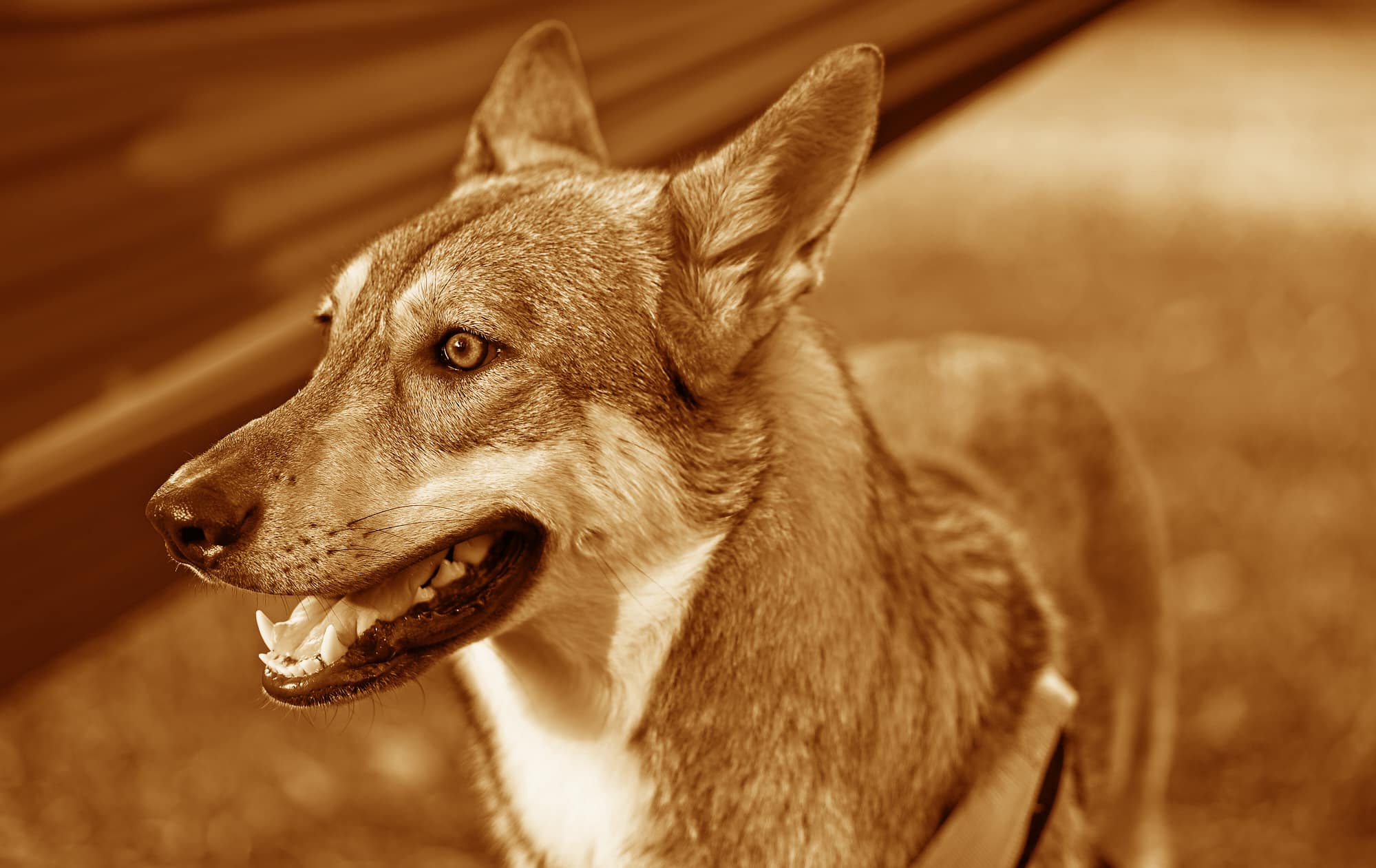
Origin & History
As already mentioned, this breed owes its name to its creator, Leendert Saarloos (1884 - 1969). He was a nature-loving man and loved the German Shepherd Dog. He wanted to breed this breed back to its original nature, as in his opinion it had become too humanized. The back-breeding was intended to produce a working dog with perfect characteristics.
In the 1930s, an attempt was made to breed a new breed from a German shepherd dog and a Siberian she-wolf, which was initially called the European wolfhound. Although the cross between the two breeds was initially successful as a guide dog for the blind, it became apparent over time that the newly created breed was less suitable as a working dog.
This is because the proportion of wolves increased in the following generations, as a result of which the breed increasingly lost its characteristics as a working dog, but instead lost the characteristics of the wolf as a shy creature with strong flight behavior and its fear of attachment to humans.
Although not a working dog, this breed was recognized as a very natural breed in 1975 as the Saarloos wolfdog in honour of its breeder. It was finally recognized by the FCI in 1981.
